
Race to 100/120

Building the 100/120s Chart
After we’ve mastered Race to 120, I introduce our 120s puzzles. This is the simplest center but one my friends LOVE. I mean, they’re puzzles! I cut 6-8 120s charts into many different pieces. Some I cut into stripes, others zig-zap, some number blocks. Then, I set one puzzle at each table. Students work together to put together their puzzle. Then, when they have a 120s chart, they count 1-120 to ensure all the pieces are in their just-right places. As a scaffold, some groups will use an actual 120s chart as a mat for their puzzles, while more confident groups will lay their puzzles directly on the table.
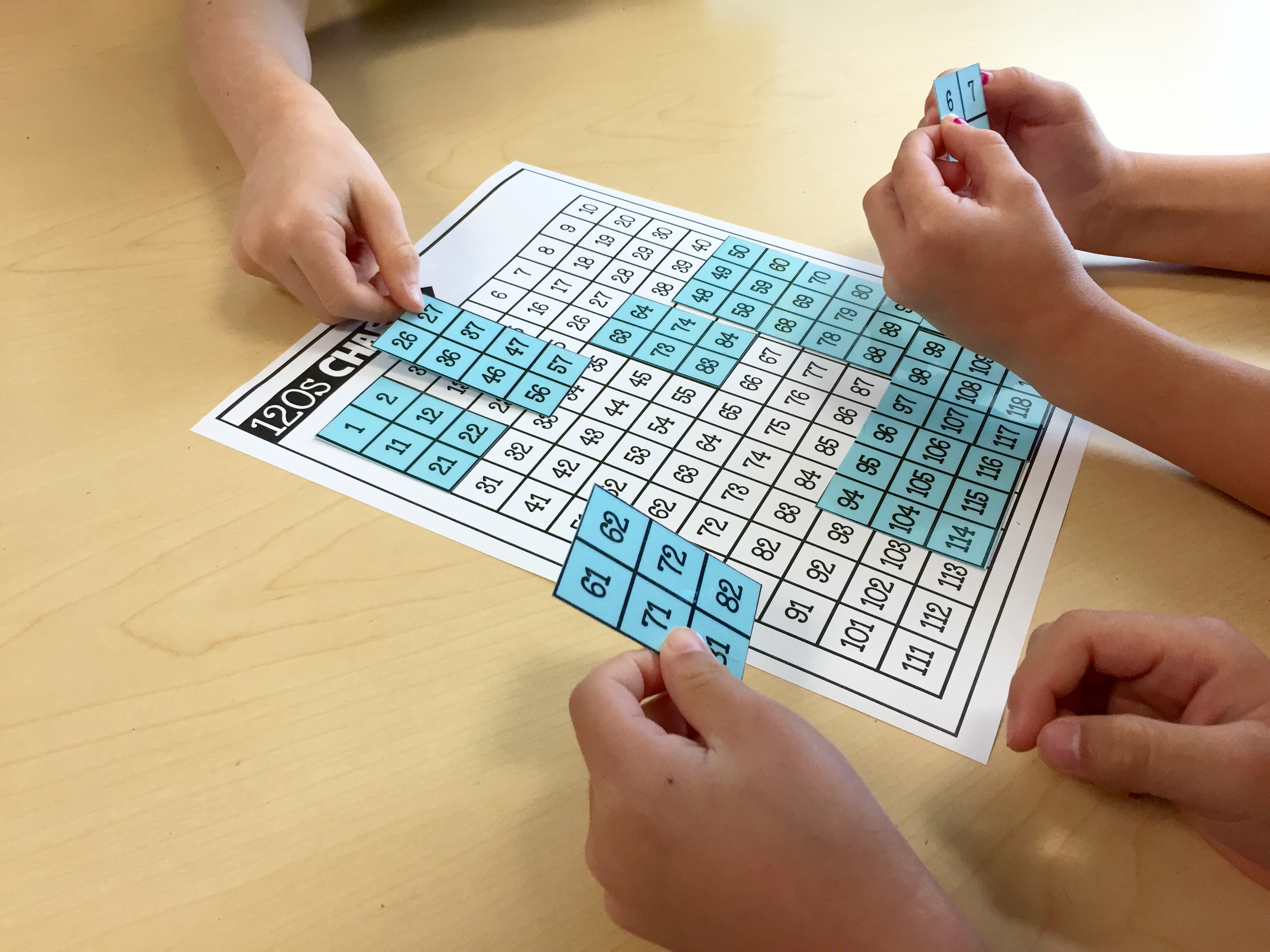
A partner-version of SPLAT, 4-in-a-Row offers students practice in saying and identifying numbers on the 120s chart. Students take turns pulling a number, saying it out loud, and finding the number on the 120s chart. Students ‘win’ the game by pulling 4 numbers in a row (horizontally, vertically, diagonally).
We also love this 100s board from Learning Resources (Unfortunately they don’t make a 120s board). On one side it is blank (see below) and on the other it has the numbers 1-100. Students draw a number from the bag (or dump them on the table…boo!) and take turns reading it out load and placing in its home. At this point in the year, 17 of my 22 are using the numbered side of the board and 5 friends are using the blank board.
Subitizing – Counting Groups Quickly
As we learn our numbers within 120, students also need to know how to represent these numbers in different ways. Students need real and concrete experiences with number representations. Subitizing is such an important number-sense skill and one we practice a lot throughout the year. In our Subitizing Center, students draw a card, say the number out loud, write the 9, and then, show it in 4 more ways (of their choosing).
In this center, students are exposed to a variety of dot patterns and have the chance to explore numbers from several different fronts – tallies, ten frames, unfix cubes, number words, etc. How students represent the numbers tells me a lot about their math background and confidence.
Managing Math Center Rotations
We have our first 5 basic centers ‘down’, we’ve practiced rotating, and we have played the When-do-I-interrupt-teacher-table What-If Game…so tomorrow we will attempted guided math rotations in which I am teaching a small-group of students. I’ll be using this free editable rotation board and will keep my fingers crossed. If it doesn’t work tomorrow, that’s okay! We’ll reteach and try again on Tuesday. But for now friends, wish me luck!
FREE Math Center Starter Pack and Video
Get Free Teaching Resources!
Join me for weekly classroom updates and free resources that are just-right for your guided math classroom!

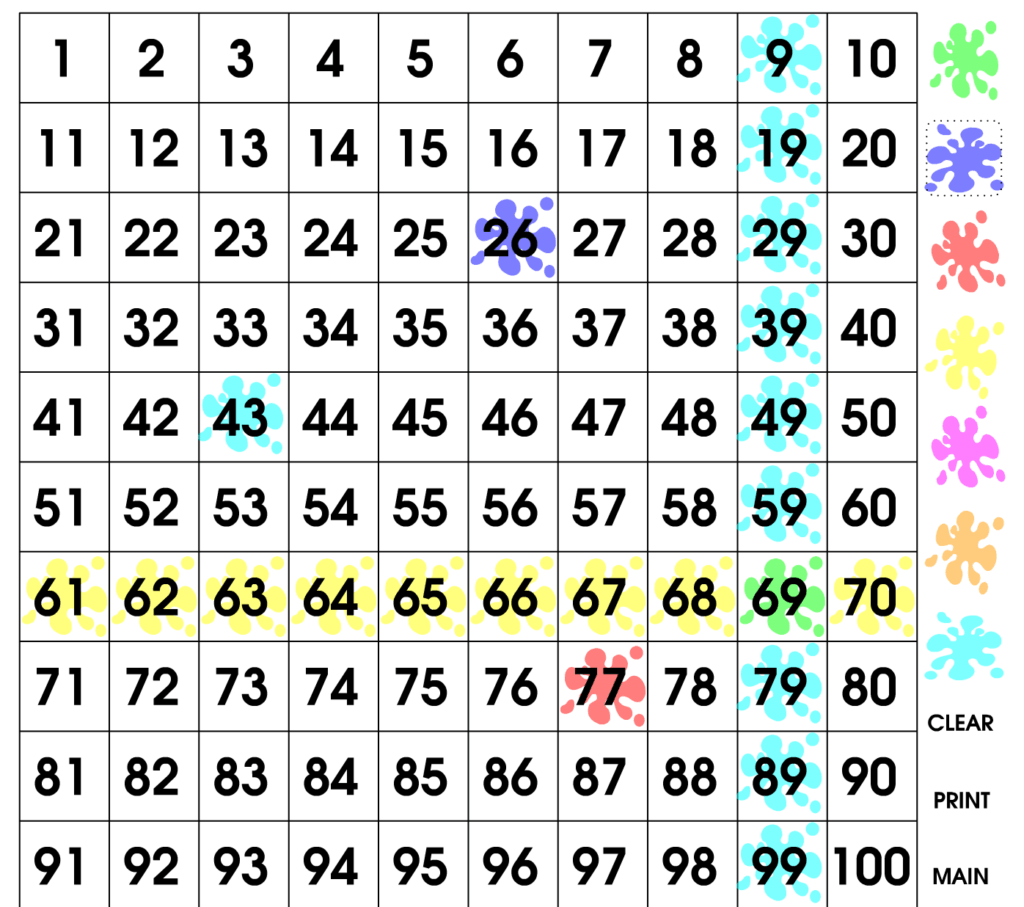
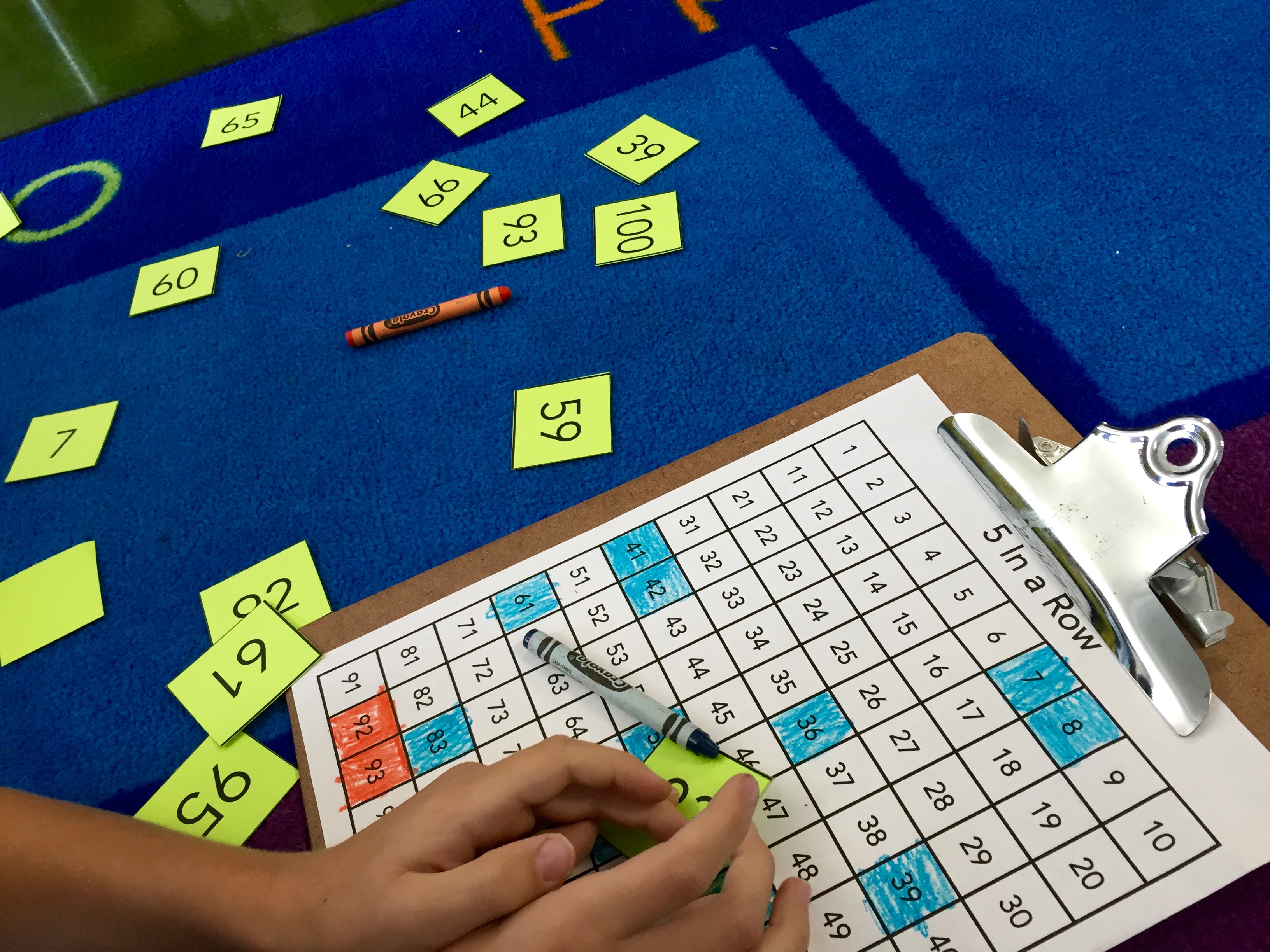
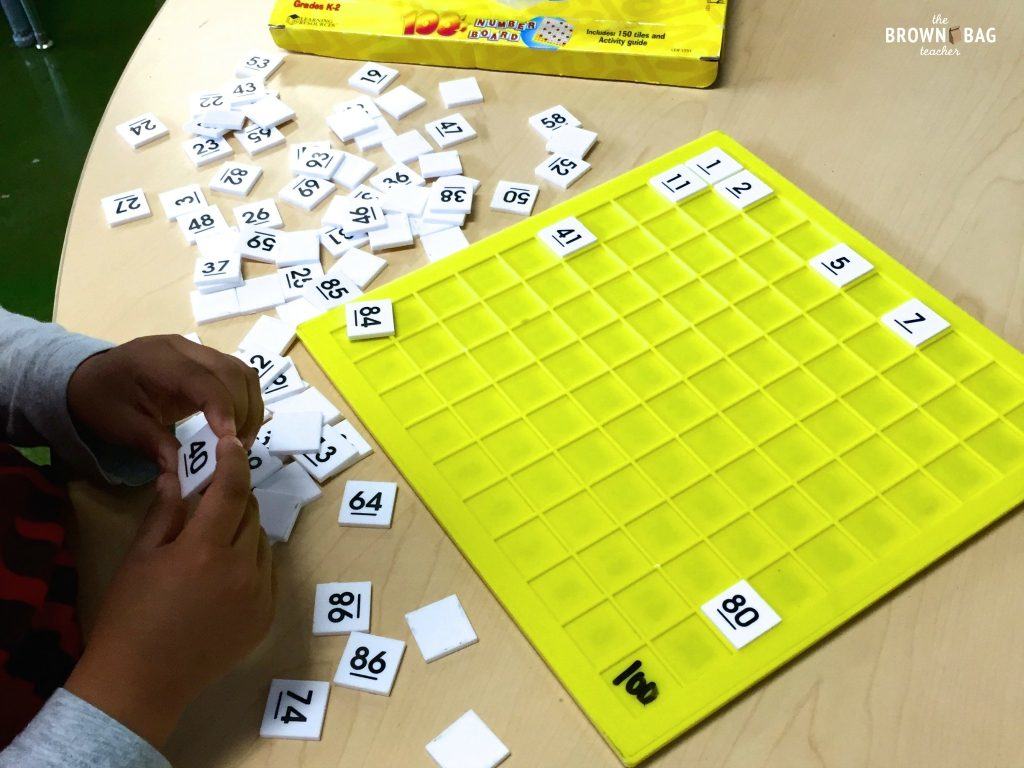
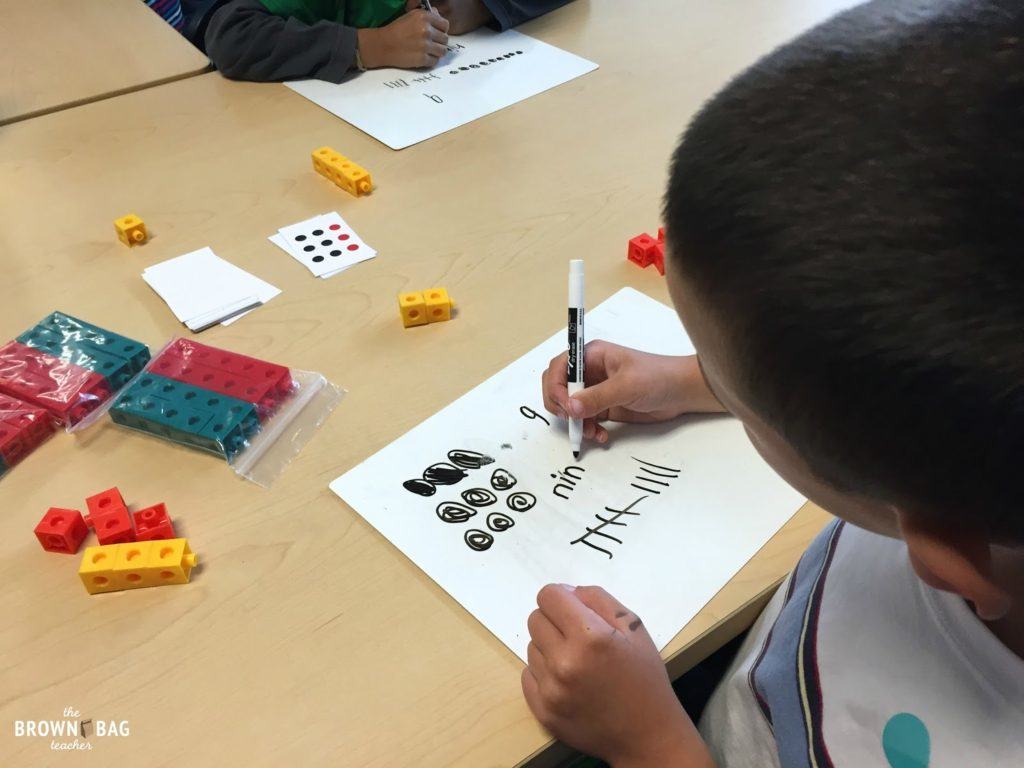
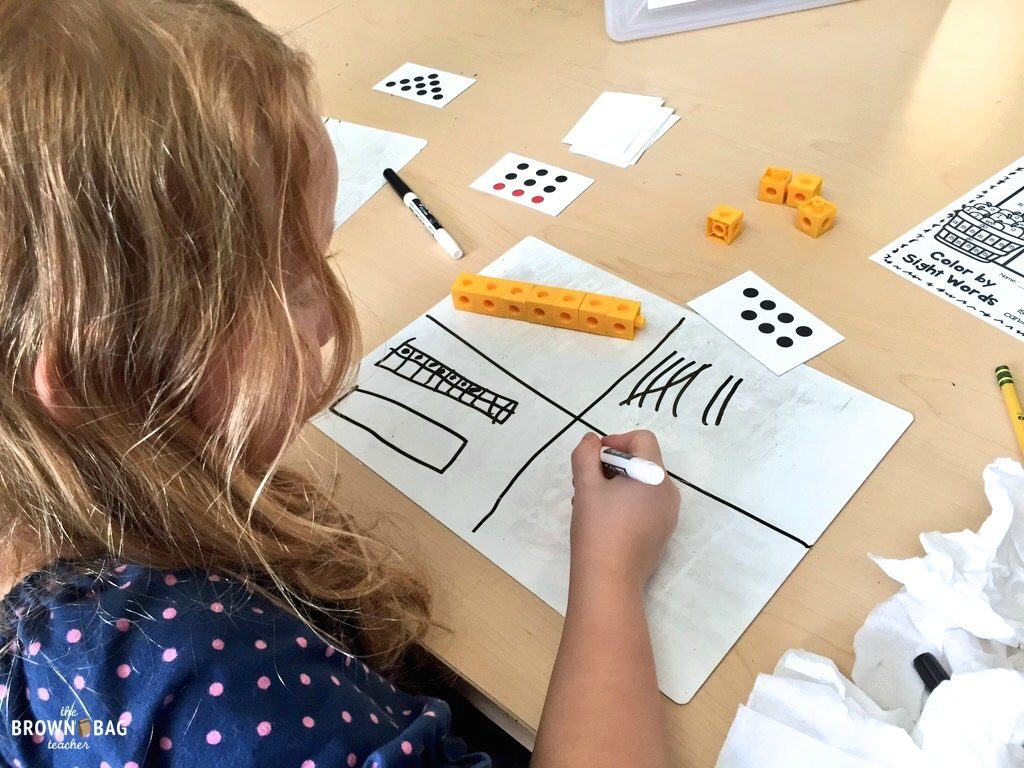
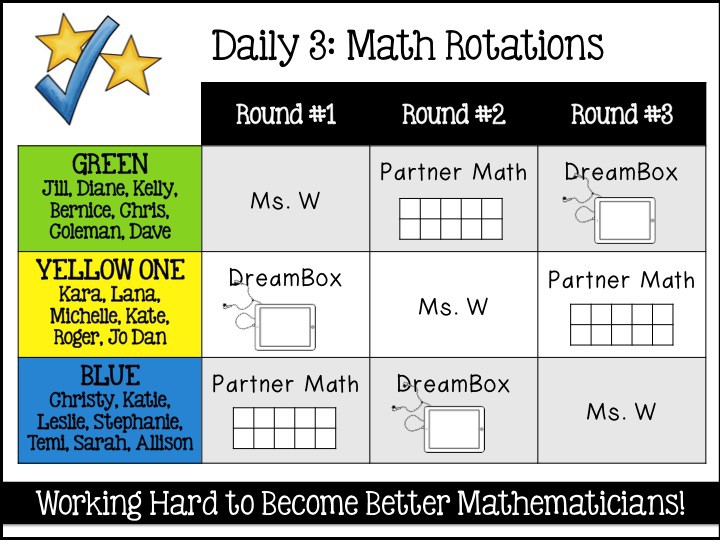
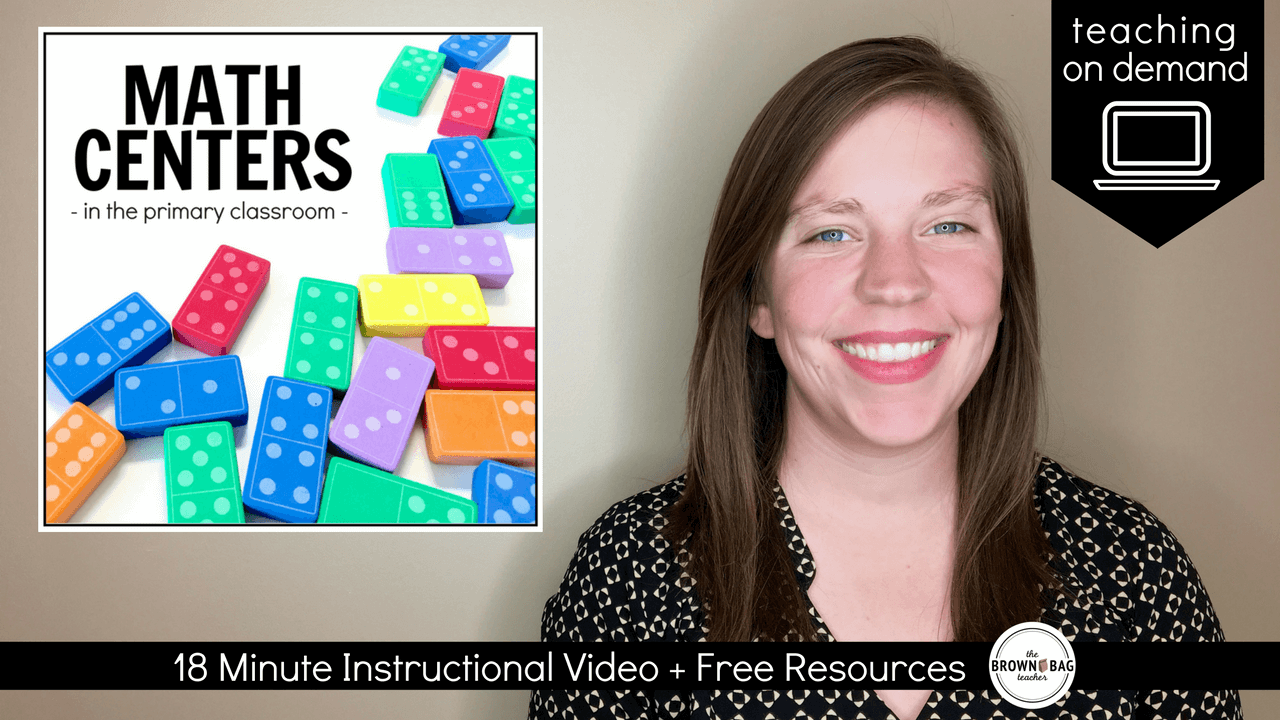

What wonderful math centers! No wonder the students feel like they are playing instead of learning lol. Love the puzzle idea and how it allows for differentiation. Also like the subitizing centers and how they give the students choice in how to represent the number. All of these are wonderful for assessing students' math abilities – thanks for sharing!
What is the deeambox rotation?
How do you track student progress? How often do you change out centers?
Ordered the sterlite containers from your link. Was surprised when they arrived today. Small doesn't hold a regular sized piece of paper. Is this what you use?
Are the subitizing cards included in your centers packet on TPT? Also, does that packet include your centers for the whole year, or do you use more than just in the packet?
I'd love to know how often you change out your centers? What is your scope/sequence with the centers – like, do you do number sense for X weeks and move on to simple addition etc?
We use and LOVE Dreambox also. Love these ideas and headed to TPT right now!
This is really great share about math,
"https://www.youtube.com/watch?v=xRLxCna6j_c"
Within a short span of seven years, this unit flourished into a “Deficiency Disease Enquiry” office, and later in 1928, emerged as full-fledged “Nutrition Research Laboratories” (NRL) with Dr. McCarrison as its first Director. It was later shifted to Hyderabad in the year1958.
This study was conducted by NIN scientific teams and various ICMR and non-ICMR institutes who also participated and carried out the first of its kind investigation, in a very large sample population during the year 2015-16.
https://www.oneidauniversity.com/
Within a short span of seven years, this unit flourished into a “Deficiency Disease Enquiry” office, and later in 1928, emerged as full-fledged “Nutrition Research Laboratories” (NRL) with Dr. McCarrison as its first Director. It was later shifted to Hyderabad in the year1958.
https://www.oneidauniversity.com/
I saw your article well. You seem to enjoy bitcoincasino for some reason. We can help you enjoy more fun. Welcome anytime 🙂
What are your ICan objectives?